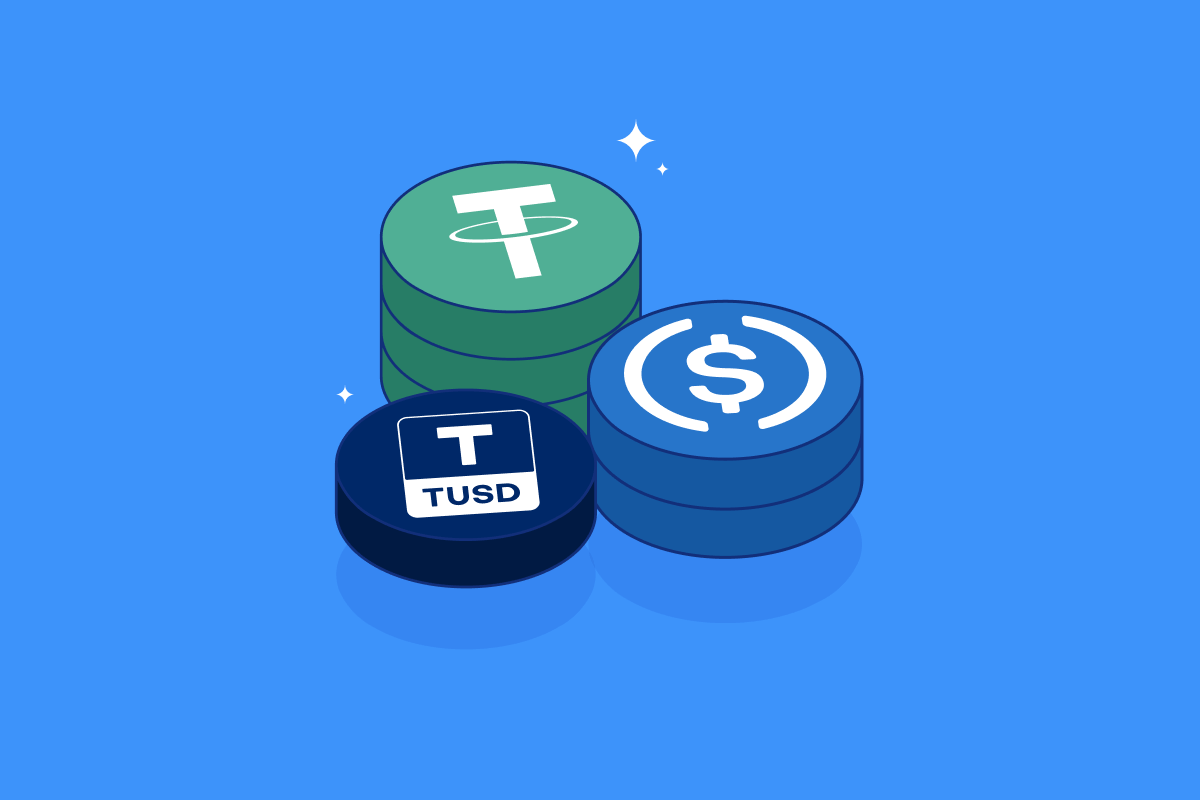Paper Wallet
Introduction to Paper Wallets
A **paper wallet** is a physical document that contains a user’s public and private keys for cryptocurrency. This method of securing cryptocurrency has gained popularity due to its offline nature, making it less vulnerable to hacking and online theft. Paper wallets are a type of cold storage, meaning the private keys are kept offline, enhancing security compared to hot wallets, which are connected to the internet.
How Do Paper Wallets Work?
Paper wallets function by generating a unique pair of cryptographic keys—one public and one private.
- Public Key: This key is used to receive funds. It can be shared with anyone who wishes to send cryptocurrency to your wallet.
- Private Key: This key allows you to access and manage your funds. It is crucial to keep this key confidential; anyone with access to the private key can control the associated cryptocurrency.
The keys are generated using a secure algorithm, and the information is printed or written on paper. This creates a tangible method of storing crypto assets.
Advantages of Using a Paper Wallet
Utilizing a paper wallet comes with several benefits:
- Security: Since paper wallets are offline, they are not susceptible to hacking attempts, malware, or other online threats.
- Control: Users maintain complete control over their assets without relying on third-party services and exchanges, reducing counterparty risk.
- Simplicity: Paper wallets can be easily created using various online tools or software, and do not require technical expertise.
- Costs: Unlike hardware wallets, paper wallets do not involve any hardware costs, making them an economical option for storing cryptocurrency.
How to Create a Paper Wallet
Creating a paper wallet involves several steps to ensure it remains secure and effective:
- Choose a Tool: Select a reputable paper wallet generator, such as Bitaddress.org or WalletGenerator.net. Ensure the website is secure (look for HTTPS).
- Access Offline: For maximum security, download the generator tool and run it on a device that has never been connected to the internet.
- Generate Keys: Follow the instructions on the chosen tool to create your public and private keys. Generate a QR code for each key to facilitate easy transactions.
- Print the Wallet: Once generated, print the wallet using a secure printer. Avoid saving the wallet as a digital file to prevent potential hacking.
- Store Securely: Store the printed wallet in a safe place, such as a safe deposit box, to protect it from physical damage.
Risks Associated with Paper Wallets
Despite their benefits, paper wallets come with certain risks:
- Physical Damage: Paper can be easily damaged or destroyed, leading to the potential loss of cryptocurrency if not properly protected.
- Loss: If a paper wallet is lost, the associated funds are irretrievable, as there are no backups.
- Human Error: Mistakes during the generation or storage process can lead to the inadvertent exposure of keys, compromising security.
- Future Technology:** As technological advances occur, outdated wallets may become incompatible with newer systems or networks.
Best Practices for Using Paper Wallets
To maximize security when using paper wallets, consider the following practices:
- Generate Offline: Always create paper wallets in an offline environment to minimize exposure to the internet.
- Use Encrypted Storage: If storing a digital copy of the paper wallet, ensure it is encrypted and stored securely.
- Limit Access: Keep your paper wallet away from public view and limit access to trusted individuals only.
- Regular Checks: Periodically verify that your paper wallet is still intact and secure from physical damage.
Conclusion
A **paper wallet** is a practical and secure method for storing cryptocurrencies, especially for individuals looking for offline solutions. By understanding how to create and manage paper wallets, users can enhance the security of their crypto assets significantly. However, awareness of the associated risks and adherence to best practices are imperative for safeguarding their investments in this evolving digital landscape.


















